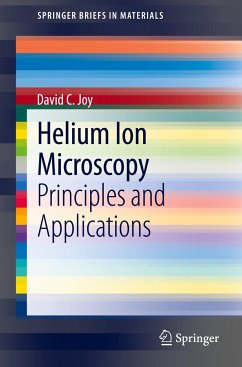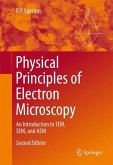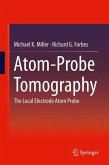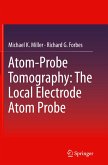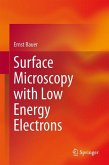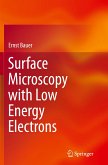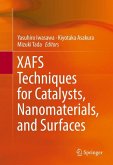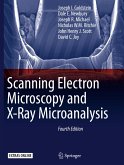Helium Ion Microscopy: Principles and Applications describes the theory and discusses the practical details of why scanning microscopes using beams of light ions - such as the Helium Ion Microscope (HIM) - are destined to become the imaging tools of choice for the 21st century. Topics covered include the principles, operation, and performance of the Gaseous Field Ion Source (GFIS), and a comparison of the optics of ion and electron beam microscopes including their operating conditions, resolution, and signal-to-noise performance. The physical principles of Ion-Induced Secondary Electron (iSE) generation by ions are discussed, and an extensive database of iSE yields for many elements and compounds as a function of incident ion species and its energy is included. Beam damage and charging are frequently outcomes of ion beam irradiation, and techniques to minimize such problems are presented. In addition to imaging, ions beams can be used for the controlled deposition, or removal, of selected materials with nanometer precision. The techniques and conditions required for nanofabrication are discussed and demonstrated. Finally, the problem of performing chemical microanalysis with ion beams is considered. Low energy ions cannot generate X-ray emissions, so alternative techniques such as Rutherford Backscatter Imaging (RBI) or Secondary Ion Mass Spectrometry (SIMS) are examined.
From the reviews:
"Helium Ion Microscopy, Principles and Applications, is a compact volume of 64 pages, and is useful to anyone wishing fundamental knowledge on this topic. ... There are many features of this book that make it a useful resource for both the beginning and advanced microscopist. ... this book provides a novice researcher an initial resource to determine if this methodology is useful to their particular area and to determine what trade-offs are necessary." (Michael T. Postek, Microscopy and Microanalysis, Vol. 20 (2), 2014)
"Helium Ion Microscopy, Principles and Applications, is a compact volume of 64 pages, and is useful to anyone wishing fundamental knowledge on this topic. ... There are many features of this book that make it a useful resource for both the beginning and advanced microscopist. ... this book provides a novice researcher an initial resource to determine if this methodology is useful to their particular area and to determine what trade-offs are necessary." (Michael T. Postek, Microscopy and Microanalysis, Vol. 20 (2), 2014)

